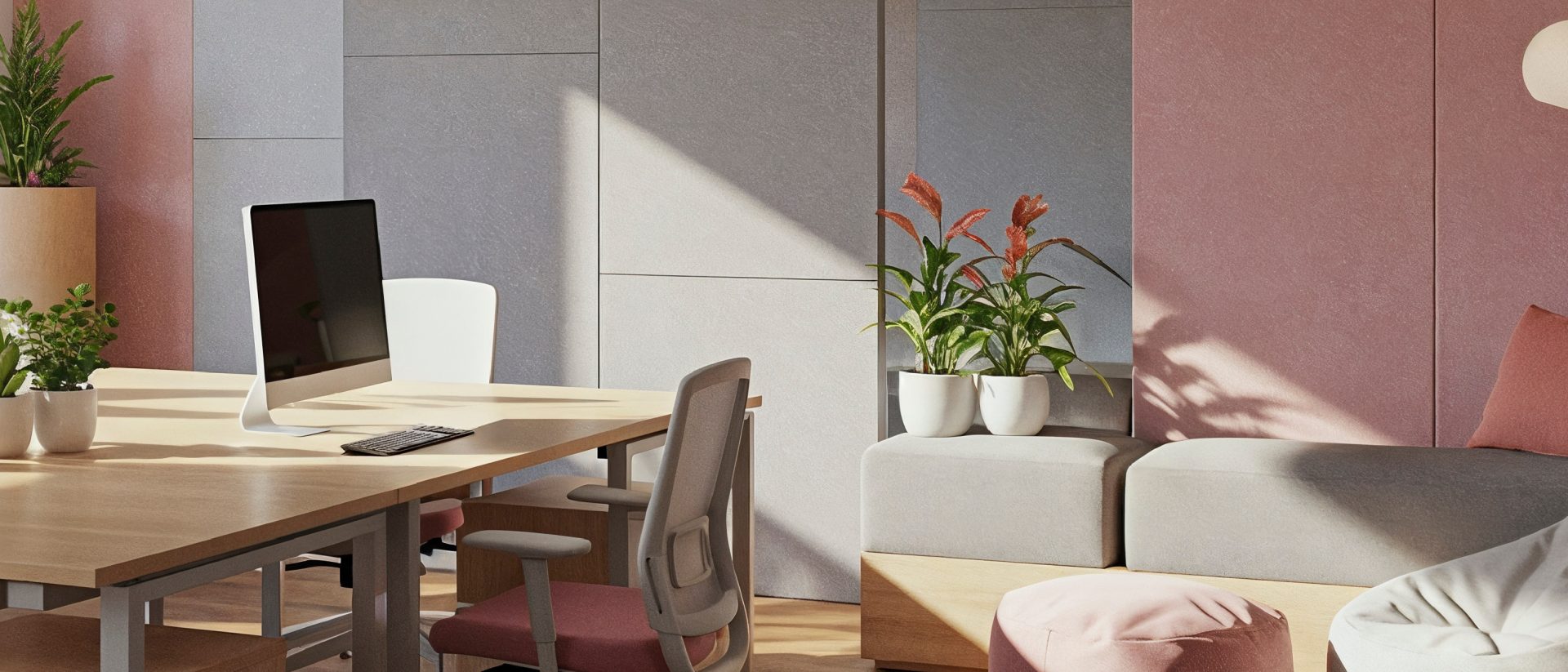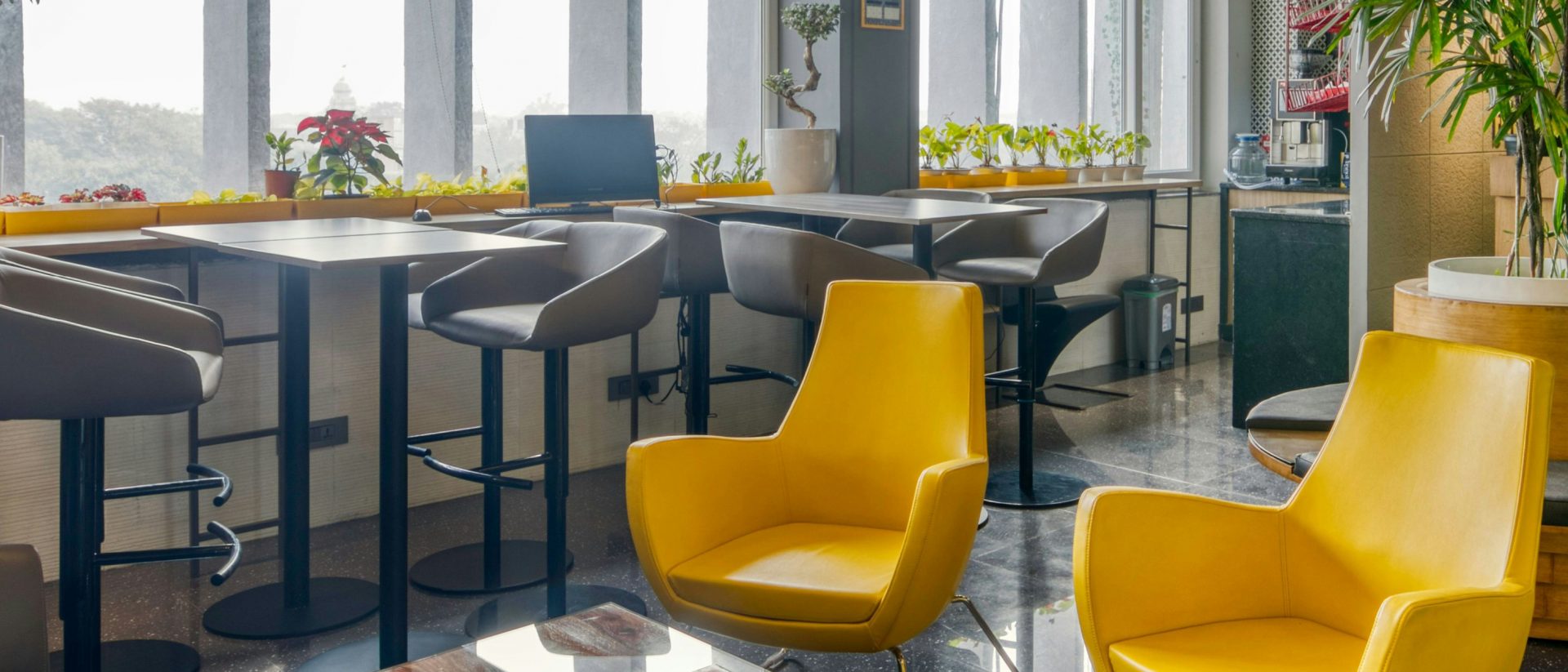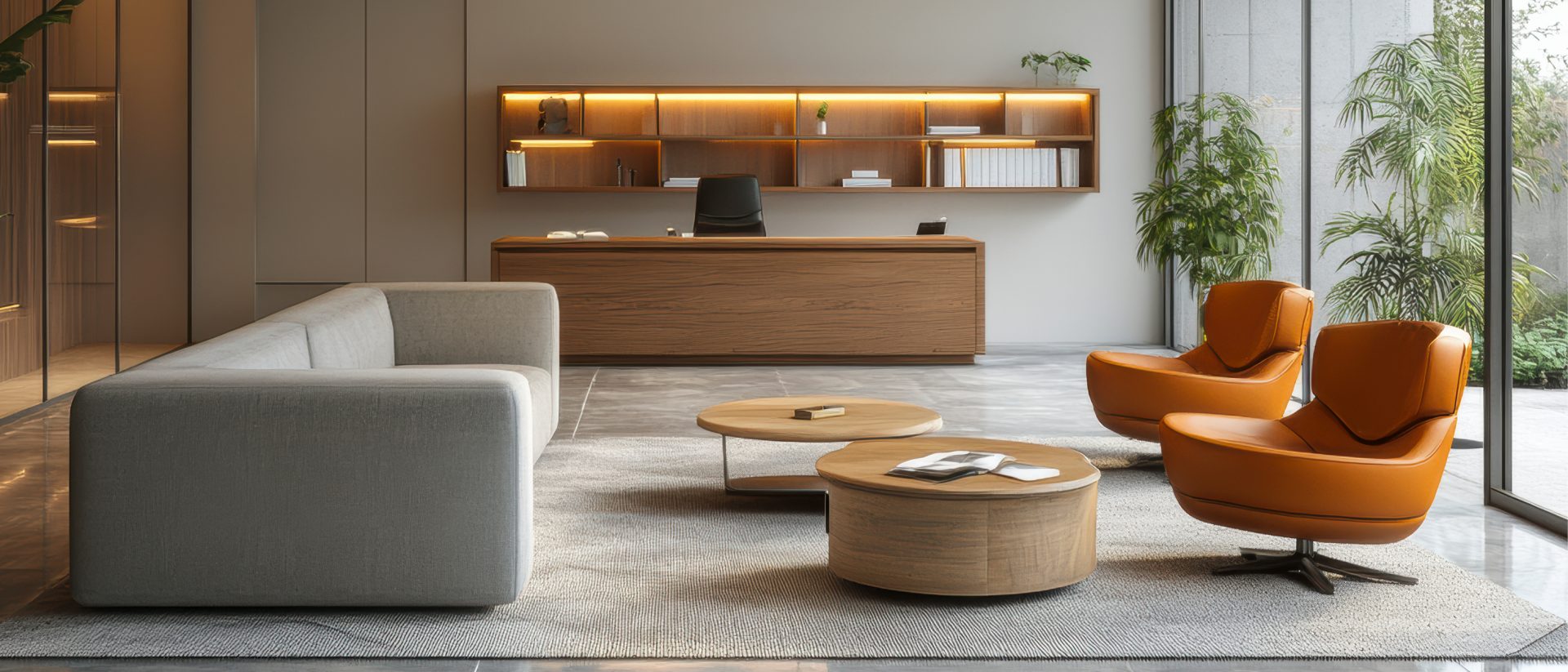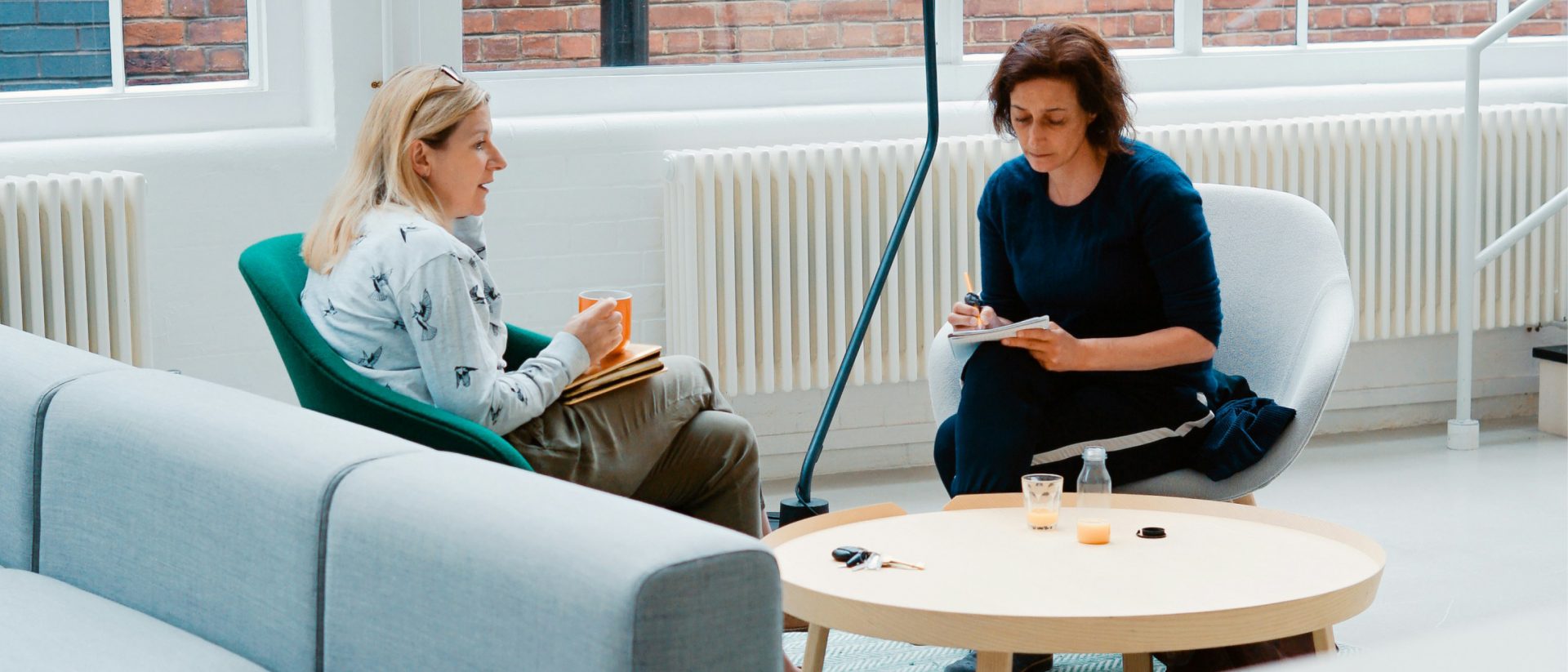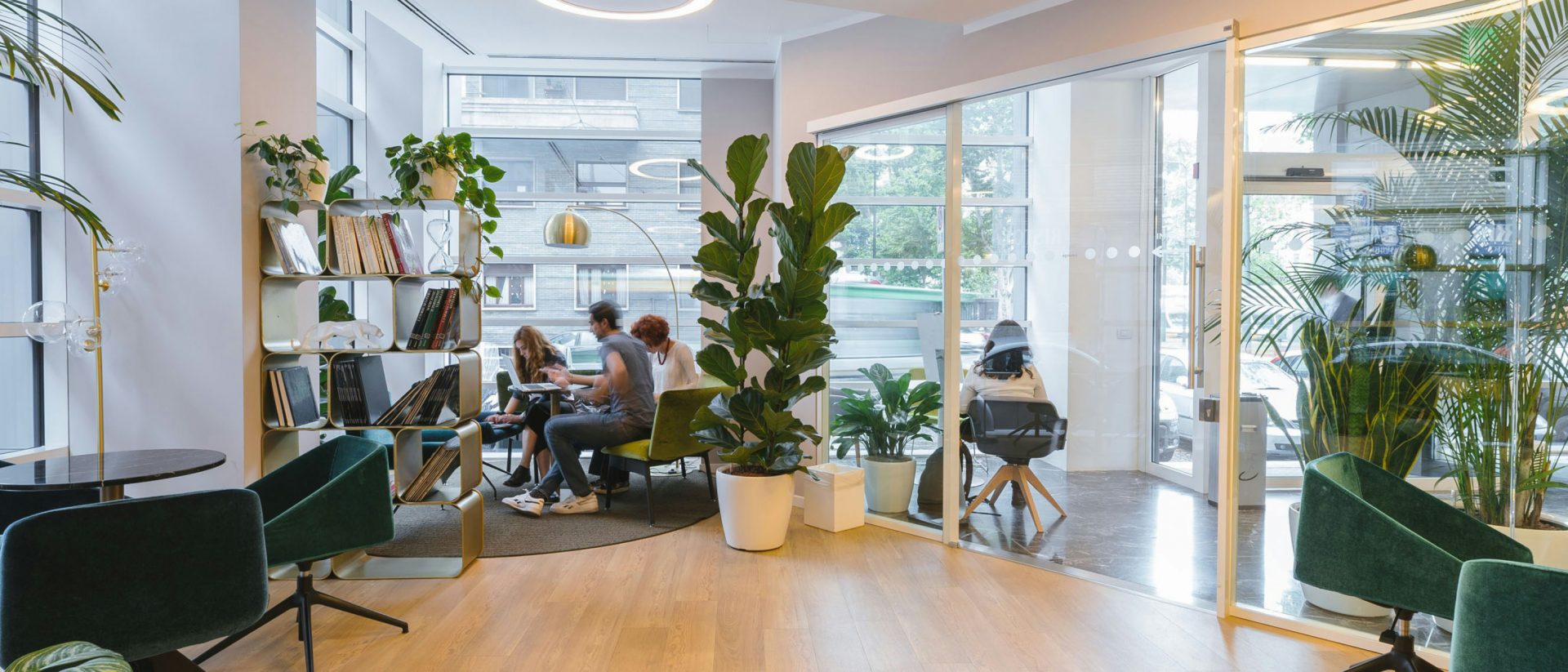Top 5 Features of a Collaborative Workspace
written by OLG
Studies have shown that collaborative workspaces foster teamwork, creativity and open communication. It encourages an environment where ideas flow freely, and team members can work efficiently.
Here are the top 5 features that make a workspace truly collaborative:
1. Flexible Layouts and Open Spaces
Open plan and post Covid working spaces, often feature flexible, open layouts. Flexible areas can be adapted for group discussions, brainstorming sessions, or individual work, fostering an atmosphere of collaboration and adaptability. This feature also allows for a dynamic space that can be adjusted depending on the needs of the team or project.
2. Breakout Areas and Lounge Spaces
While open desks and workstations are important, having informal areas for relaxation and casual conversations is key in a collaborative workspace. Breakout areas, lounge spaces, and even coffee bars provide employees with a place to recharge, have informal meetings, or engage in impromptu discussions. These spaces allow creativity to thrive and encourage people to step away from their desks, leading to fresh ideas and a sense of community.
3. Adaptable Furniture
Furniture that can be easily reconfigured or adjusted to suit different work styles is essential in a collaborative environment. Modular seating, movable desks, standing desks, and multifunctional furniture allow teams to customise their workspaces according to their needs. This flexibility encourages collaboration by giving teams the freedom to create their ideal environment for any type of meeting or task, from brainstorming sessions to focused work.
95% of employees think that a well-designed office makes them happier and more productive.
4. Technology-Enabled Tools
Technology plays a leading role in connecting people and ideas. Video conferencing systems, digital whiteboards, and interactive displays ensure seamless communication and collaboration, whether teams are working in the same location or remotely. Cloud-based tools, project management software, and instant messaging platforms all help teams stay connected, share documents in real-time, and track progress effortlessly. This tech integration ensures that collaboration is smooth and efficient.
5. Natural Light and Greenery Biophilic Design
A well-lit, comfortable environment contributes significantly to creativity and productivity. Incorporating natural light, large windows, and plants into the workspace not only improves the aesthetic but also enhances employee well-being. Exposure to natural light can improve mood, reduce stress, and increase engagement, all of which contribute to a more collaborative and productive workspace. Plants also add a sense of tranquillity, bringing a more vibrant, welcoming atmosphere to the office. These features collectively create an environment where employees feel empowered to collaborate, innovate, and engage with each other in meaningful ways.
Click to download a printable PDF.
